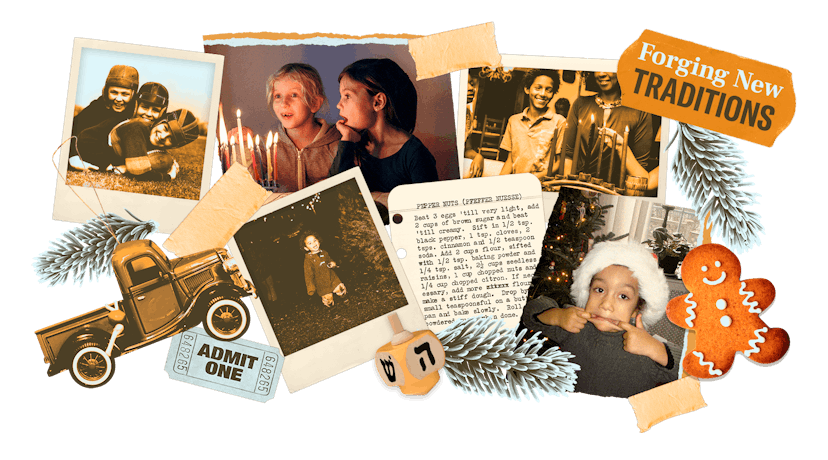

Starting a new tradition is no small task. Still, it is a worthy one. Parents especially have the opportunity to create something that lasts for generations and helps their children feel connected to a broader family narrative. Here's how to do it.
How to Start a Neighborhood Holiday Tradition
When the Holidays start, we gather with friends to light a leg lamp in our window. It brings us closer together with a little whimsy and a lot of cheer.
How to Start a Tradition That Actually Lasts
Family traditions are an expression of values, identity, and personal history. This is why building one that lasts is such a weighty, and worthy, task.
Where Did You Get That Awesome Food Tradition?
All homemade dishes have a story. Some go deeper then others.